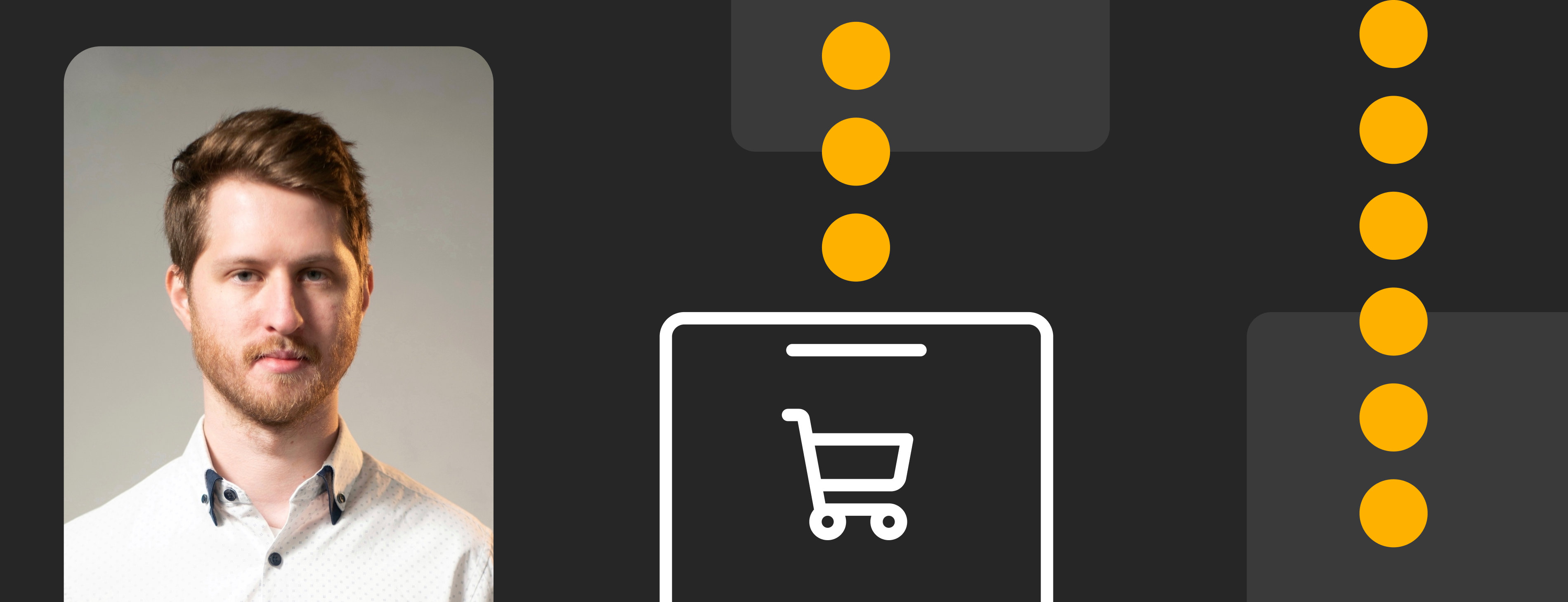Dojo's Mobile Software Development Kit (SDK) allows merchants to take payments in their apps using a pre-built checkout page. We sat down with Mobile Engineer, Deniss Kaibagarovs, to get the scoop on what our SDK for Mobile Payments does, how we built it, and what makes it unique for our customers.
What is the SDK for Mobile Payments and what does it do?
A mobile SDK is a more generic term to identify any software development kit which may provide a function for its users. The job of Dojo's SDK is to enable mobile payments - it's really just a fancy word to say “checkout page for mobile apps”. It’s the kit that provides a drag-and-drop solution for merchants to collect payments from users. Every company uses a mobile checkout page, and every company uses similar technology to build it - we use the same formula and the same name so that everyone is aligned on what it means and what it does.
With the Dojo's Mobile Payments SDK, our customers will be able to collect ApplePay, GooglePay and card payments within their apps. We started with a web checkout screen that looks very similar to the ones you’d see on any app. This worked, technically - but with a native SDK (we also have a cross-platform solution for React-Native), our customers are now able to use all the cool features that come from Dojo.
Any app that takes payments - whether it's a booking or to pay for something directly - will need to have a checkout page. On a web browser this process is easy because you can just redirect the user to a web page to collect the payment. On a mobile, the end user is using a merchant’s app - so we need to provide merchants with the checkout screen they can show to that user. When someone wants to book a table or pay for something on one of our customer’s apps, Dojo's Mobile Payments SDK will take care of that process so merchants can focus on what they do best.
When building a checkout page, it’s important to understand our users’ expectations. Users will spend most of the time outside of your app, so when they’re presented with the checkout page, it should look as familiar as possible to what they saw in other apps. The best way to achieve that is to use native ApplePay and GooglePay checkout flows. A merchant can use a web based ApplePay or GooglePay checkout flow in the mobile app but that will look and feel out of place. Last thing you want as a merchant is for your users to feel stressed or concerned during the checkout. If a user doesn’t trust the checkout page, she won’t complete the transaction, meaning the merchant won’t make a sale. The Dojo SDK allows merchants to add ApplePay and GooglePay support to their apps with just a few lines of code.
If an existing Dojo customer already has physical terminals or a web checkout page and they have the app, we weren't able to provide them with the optimal solution for the app. Now they can move all their payments to the dojo ecosystem. This means those types of merchants will be able to have all their transactions in one place instead of scattered over different dashboards, creating a more seamless experience.
Can you tell us about how you tackled this project?
This initiative was started when our clients began requesting this functionality. We identified the people from iOS and Android teams that wanted to work on the project and started to figure it out. We looked at our competitor’s features and were able to merge our current guidelines for designs with what is available on the market, and with the best industry practices.
Were there any big challenges or speed bumps that you ran into when you were developing the SDK?
Most apps - like the Dojo for Business app and the majority of user based applications on the market - are built for end users. You’re building something that customers will be using to interact with a business on their mobile devices. This SDK is different - it’s built for the experience of developers who will be integrating this checkout page inside their various apps as well as end users who would be using the checkout page. The additional audience meant we had to think about things we don’t usually have to think about when we’re developing an app for the user only.
Is there anything unique about Dojo's culture that allowed you to work this out?
We were able to move fast because we were granted freedom and didn’t require approvals for small things. We had regular reviews with compliance and legal, but really we had the autonomy to execute things how we saw them. We were given the ability to come up with the things that we thought were appropriate and would suit our customers best.
It was easy to ask for more resources in times when we needed them. In past companies I’ve had to ask ten different people for permission to do a slight change. Because of the flatter hierarchy it’s easier to move the needle and make changes.
